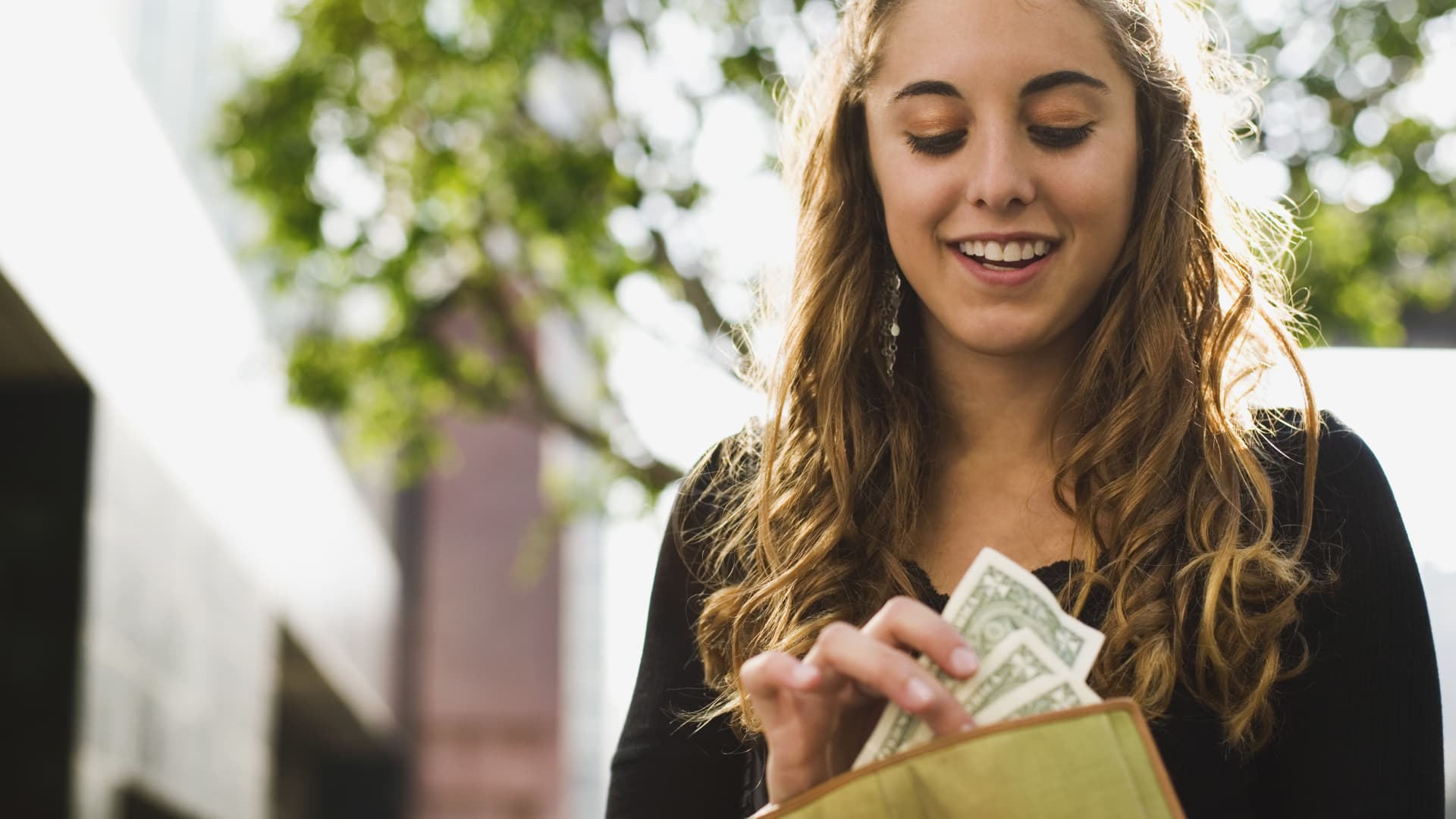When faced with an unexpected $1,000 expense, more than one-third of Americans would borrow the money, according to a new Bankrate survey. That may include tapping their credit cards, seeking money from friends or family or taking out a personal loan.
Most would not turn to cash savings — because they don’t have it, the personal finance website found.
Fewer than half of Americans, 44%, say they can afford to pay a $1,000 emergency expense from their savings, according to Bankrate’s survey of more than 1,000 respondents conducted in December.
That is up from 43% in 2023, yet level when compared to 2022.
More from Personal Finance:
Even with interest rate cuts, 2024 will be ‘a very good year for savers’
Laid off? Experts say taking these steps can help protect your money
Why workers’ raises are smaller in 2024
“We’re just not wired to save,” said Brad Klontz, a certified financial planner and expert in financial psychology and behavioral finance. Our brains are instead programmed to focus on our immediate needs.
Saving “goes against our natural instincts,” said Klontz, who is a member of the CNBC FA Council.
But there are steps you can take to rewire how you think about savings and meet your goals.
Why Americans are prone to ‘financial fragility’
Almost two-thirds of respondents, 63%, say high inflation has left less room to save for emergencies. Meanwhile, just 19% say they are saving more because of high interest rates.
“There’s a persistence of fragility in American society,” said Mark Hamrick, senior economic analyst at Bankrate.
“There’s more financial fragility out there than I think is widely understood,” he said.
The Covid-19 pandemic, which prompted millions of Americans to seek help from food banks amid widespread layoffs and furloughs, is one example of how a sudden income loss can make it impossible to pay for everyday needs, Hamrick noted.
Living paycheck to paycheck has become the norm for many Americans, research has found. That leaves people little to no opportunity to save.
To build a cash cushion, the best advice is to start with your current budget and adjust your spending. Where you can, save first and spend second, Hamrick said.
Experts generally recommend having three to six months’ living expenses set aside to protect against unexpected events.
Yet year after year, surveys show building meaningful emergency savings remains a difficult hurdle for many Americans.
How to reframe how you think about saving
To successfully boost emergency savings, it may help to reframe the way you think about that goal, Klontz, said. What may help to overcome that is to visualize, which helps create an emotional experience that can help activate behavioral change.
For example, picture a worst-case scenario like losing your job, Klontz suggested.
If that income stopped tomorrow, how many months would you have before your belongings are out on the street, or until you have to call a friend or relative to beg to stay with them? Or how long before you start withdrawing money from your retirement funds? How long would it delay your retirement?
By tapping into how those situations would feel, you become emotionally invested in taking action, Klontz said.
The next step is to identify ways to stop spending money and direct it towards an emergency fund, which admittedly can be a “painful exercise” for many Americans, Klontz said.
Instead, many people tend to think of their credit cards as an emergency fund, which may lead them to pay interest rates of 20% or more if they use it to cover an unexpected event and do not pay it off in the first month.
Likewise, if you keep a surplus of cash in your checking account, you’re more likely to spend it, Klontz said.
Another way to help encourage savers to take action is to name the emergency fund something emotionally triggering, Klontz said, like “financial security fund” or “financial freedom fund.”
By labeling the money something that’s associated with an emotional attachment like financial security, you’ll be less likely to dip into that money to go out to eat, Klontz said.
That “psychological barrier” may help protect the emergency fund money, he said.
